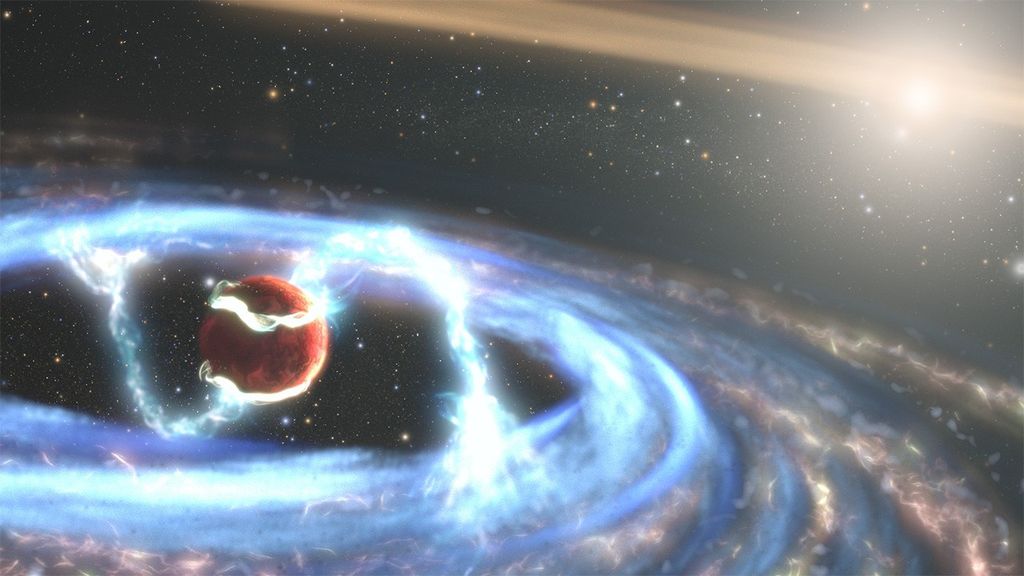
William Taub
Photographer, NASA
William “Bill” P. Taub was the deputy chief, audio visual division and senior NASA photographer documenting the major programs of both the National Advisory Committee of Aeronautics (NACA) and National Aeronautics and Space Administration (NASA) from Jan. 3, 1942 to Jan. 5, 1975.
Taub began his NACA career at the Langley Research Center and moved to NASA Headquarters soon after NASA was formed.
In an exceptional performance award, then NASA Administrator James C. Fletcher commended Taub for exceptional performance in documenting the major program of the agency including the pre-launch, launch, recovery and port-launch activities of every manned spaceflight beginning with the Mercury and Gemini programs through the Apollo and Skylab programs. Fletcher said, “His dedicated efforts in photographing NASA’s programs and activities have made a significant contribution in bringing NASA’s story to the peoples of the world.”
His photographs of technical facilities such as wind tunnels and scientific experiments have been used around the world in textbooks and for other educational publications in addition to the major newspapers and magazines.
The exceptional performance award was only one of many awards recognizing Taub’s work. In March 1966, he was honored by the National Space Club for photographic coverage of NASA’s space program. This was the group’s second annual press award. The first went to Edward R. Murrow in 1965.
But Taub’s real reward was getting to be involved in the cutting edge programs of the NACA and NASA he said. He said his most rewarding assignment was the 45-day Apollo 11 world tour that covered 24 countries and 27 cities where he photographed the astronauts and NASA officials meeting with kings, queens and heads of state. He called the 30,000-mile trip on Air Force One “the trip of a lifetime.” In many ways it was just an extension of his continuing assignment of living with and photographing all of the early astronauts during their training and preparation for flight in places ranging from deepest jungle to broiling desert.
The list of famous people photographed by Taub would fill an entire Who’s Who of aerospace and celebrity greats. People like Orville Wright, Eddie Rickenbacher, Charles Lindbergh, Gen. Jimmy Doolittle and World War II German ace Gen. Eric Hartman have to be added to all the early astronauts from both the U.S. and Russian, and fit in the first category.
Hartman, who had 352 victories in the air, visited the Langley Research Center in 1961 along with 15 other German pilots, after Alan Shepard’s first flight, to make Shepard an Honorary Pilot in the Baron Von Richthofen Flying Circus.
Gen. Douglas MacArthur, U. Thant, former secretary general of the United Nations, Chicago’s Mayor Richard Daley and Adalai Stevenson are just a few of the political figures he documented in visits to the Kennedy Space Center and other NASA locations. Ginger Rogers, Frank Sinatra, Lauren Bacall, Jimmy Durante, Bob Hope, Gina Lollobrigida, Danny Kaye, singer Keely Smith, band leader Harry James and Betty Grable were just a few of the Hollywood and musical stars.
Taub’s photographs are a treasure trove of aerospace history and are preserved by NASA, the National Archives, and 20 national and region museums and through publications around the world.
























